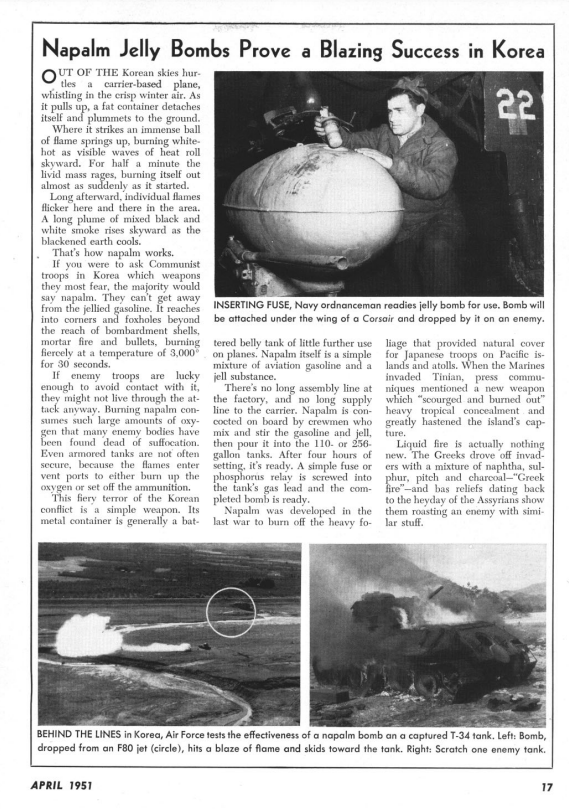List of atrocities committed by the United States of America
This is an ever-growing list of atrocities committed by the United States of America.
Genocide
Genocide of indigenous peoples of the United States
The territory of what today is the United States was occupied by European colonizers since 1492, and through brutal violence realized the slavery and extermination of indigenous peoples. Together with disease spread by Europeans, up to 95% of the indigenous populations of the Americas were exterminated.[1] This systematic brutal violence against indigenous peoples would later express itself ideologically in the United States through "manifest destiny", which was the belief that the United States was meant to expand its territory through conquest.
Korean War

In the words of the United States Air Force General Curtis LeMay, commander of the U.S.'s Strategic Air Command:
[W]e went over there and fought the war and eventually burned down every town in North Korea anyway, some way or another, and some in South Korea, too. We even burned down Pusan—an accident, but we burned it down anyway. The Marines started a battle down there with no enemy in sight. Over a period of three years or so, we killed off—what—twenty percent of the population of Korea as direct casualties of war, or from starvation and exposure? [2]
During the Korean War, The United States dropped "635,000 tons of bombs in Korea (not counting 32,557 tons of napalm), compared to 503,000 tons in the entire Pacific Theater in World War II" and "at least 50 percent of eighteen out of the North's twenty-two major cities were obliterated." [3] According to U.S. Naval Captain Walter Karig, in his book Battle Report: The War in Korea, a compilation from official sources:
[W]e killed civilians, friendly civilians, and bombed their homes; fired whole villages with the occupants--women and children and ten times as many hidden Communist soldiers--under showers of napalm, and the pilots came back to their ships stinking of vomit twisted from their vitals by the shock of what they had to do. [4]
An anonymous U.S. officer's account of events of was aired to the U.S. public on the U.S. Defense Department radio program called "Time for Defense"[5] during a time when the war was still being referred to as a "police action".[6] In the call that aired on the broadcast, the U.S. officer states, "What makes it so difficult over here is that you can't tell the damn North Koreans from the South Koreans, and that's caused a lot of slaughter."(audio file)[7]
References
- ↑ “Nonetheless, the consequences for the Indians, Mexican and Peruvian as well as others, were disastrous. Within little more than a century, the Indian population had declined by 90 percent and even 95 percent in Mexico, Peru, and some other regions (Borah 1962). In Mexico, for instance, from a preconquest population of 25 million (or 11 million, according to an earlier estimate by Cook and Simpson 1948), it had declined to a million and a half or less.”
Andre Gunder Frank (1978). World accumulation 1492-1789 (p. 43). ISBN 9780875862040 [LG] - ↑ Richard H. Kohn and Joseph P. Harahan (1988). Strategic Air Warfare: an interview with generals Curtis E. LeMay, Leon W. Johnson, David A. Burchinal, and Jack J. Catton (p. 88). [PDF] Washington, D.C.: Office of Air Force History, United States Air Force. ISBN 0-912799-56-0
- ↑ “The United States dropped 635,000 tons of bombs in Korea (not counting 32,557 tons of napalm), compared to 503,000 tons in the entire Pacific Theater in World War II. Whereas sixty Japanese cities were destroyed to an average of 43 percent, estimates of the destruction of towns and cities in North Korea "ranged from forty to ninety percent"; at least 50 percent of eighteen out of the North's twenty-two major cities were obliterated.”
Bruce Cumings (2010). The Korean War: A History: '"The Most Disproportionate Result:" The Air War' (pp. 159-160). New York: Modern Library. ISBN 978-0-679-64357-9 - ↑ Walter Karig; Malcolm W Cagle; Frank A Manson; et al (1952). Battle Report: The War in Korea (pp. 111-112). New York: Rinehart.
- ↑ Andrew J. Huebner. The Warrior Image: Soldiers in American Culture from the Second World War to the Vietnam Era. 2008. Chapter 4: "Kilroy is Back". The University of North Carolina Press. (p. 103)
- ↑ A Short History of the Department of State. "NSC-68 and the Korean War." Office of the Historian, Foreign Service Institute, U.S. Department of State. URL: https://history.state.gov/departmenthistory/short-history/koreanwar
- ↑ Korea: The Unknown War. TV Documentary Series. Episode 2: "An Arrogant Display of Strength." Thames Television, 1988. Aired on WGBH Boston, 1990. (URL: https://www.youtube.com/watch?v=aVCuku3Ldi0)